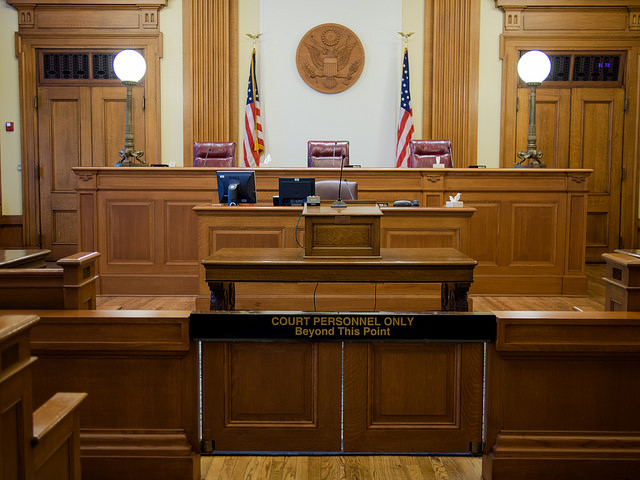 The administrative hearing process is foreign to most Longshore or Defense Base Act claimants. They have never been to an administrative hearing. They do not know how long it will take to get a hearing or a decision. They do not know what actually happens at the hearing. The good news is that there are online resources that can demystify the process.
The administrative hearing process is foreign to most Longshore or Defense Base Act claimants. They have never been to an administrative hearing. They do not know how long it will take to get a hearing or a decision. They do not know what actually happens at the hearing. The good news is that there are online resources that can demystify the process.
To get started, let’s have a quick rundown of the process that takes a case from the Division of Longshore and Harbor Workers’ Compensation (DLHWC) to the Office of Administrative Law Judges (OALJ). All Longshore and Defense Base Act cases start at the DLHWC. As the case develops, a dispute may arise. The dispute could be anything from a denied medical benefit to a complete and total claim denial. If the parties cannot resolve the dispute at the administrative level, then a party may request referral to the OALJ by submitting a form called the LS-18, Prehearing Statement.
This is usually the point when an injured worker asks their attorney a lot of questions. As it so happens, the OALJ website has the answers to many of the frequently asked questions. Below, I have repeated some of the questions and offered supplements based on my firsthand experiences.
What Happens After Your Case is Transferred to the OALJ?
First, a case has to be docketed. This can take some time. The OALJ suggests that the docketing process could take 1 to 2 months. If the claimant does not live near an OALJ district court, then the wait could be even longer because of budgetary shortfalls. There needs to be multiple cases on a judge’s travel docket to justify incurring the travel costs. In my experience, docketing could take 1 to 3 months, but sometimes more.
Keep in mind that this is just docketing. The actual trial–or formal hearing–will not take place until an additional 4 to 6 months pass. So, anywhere from 5 to 9 months could pass from the time that referral is requested until the time that trial occurs.
What Happens After Referral But Before Trial?
Once the case is docketed, the parties can begin discovery (pursuant to a new amended procedural rule). The claimant will answer written questions (called interrogatories), produce documentation, collect records, participate in a deposition, and submit to examinations and evaluations. The lawyers will write motions, investigate, depose fact and expert witnesses, and get the case ready for trial. Sooner or later, the parties will likely exchange settlement demands or participate in a mediation. If the claim does not resolve, then it proceeds to a judge-tried formal hearing.
What Happens At the Hearing?
The parties present evidence at the formal hearing to support their litigation position. The injured worker will take the stand and testify about the issues that are in dispute. Likely topics will include medical treatment and the claimant’s ability to engage in employment. In addition to the claimant, the parties could present medical and vocational experts to offer opinion testimony. The administrative law judge presides over the hearing, accepts evidence, rules on objections, and weighs credibility. In my experience, formal hearings are very civil…so don’t expect any Tom Cruise/Jack Nicholson shouting matches à la A Few Good Men.
How Long Will It Take to Get a Decision?
Tom Petty said that the waiting is the hardest part. How right he was. It can take a long time to get an administrative law judge decision. The OALJ website pegs the delay at about 5 months. This is just an average. The facts and complexity of a case greatly determine the length of time it takes a judge to write an opinion. I have seen decisions rendered in as few as 3 months and as many as 12 months. Frankly, I think that this is the most difficult aspect of a claim.
Conclusion:
The administrative hearing process can appear daunting to the uninitiated. Keep in mind that each case proceeds according to its unique facts. Parties should proceed to trial with the expectation that they will work hard to present the best case possible to the judge. And, in all events, parties must remain patient, diligent, and civil throughout the litigation process.
Photo courtesy of Flickr user Karen Neoh.
